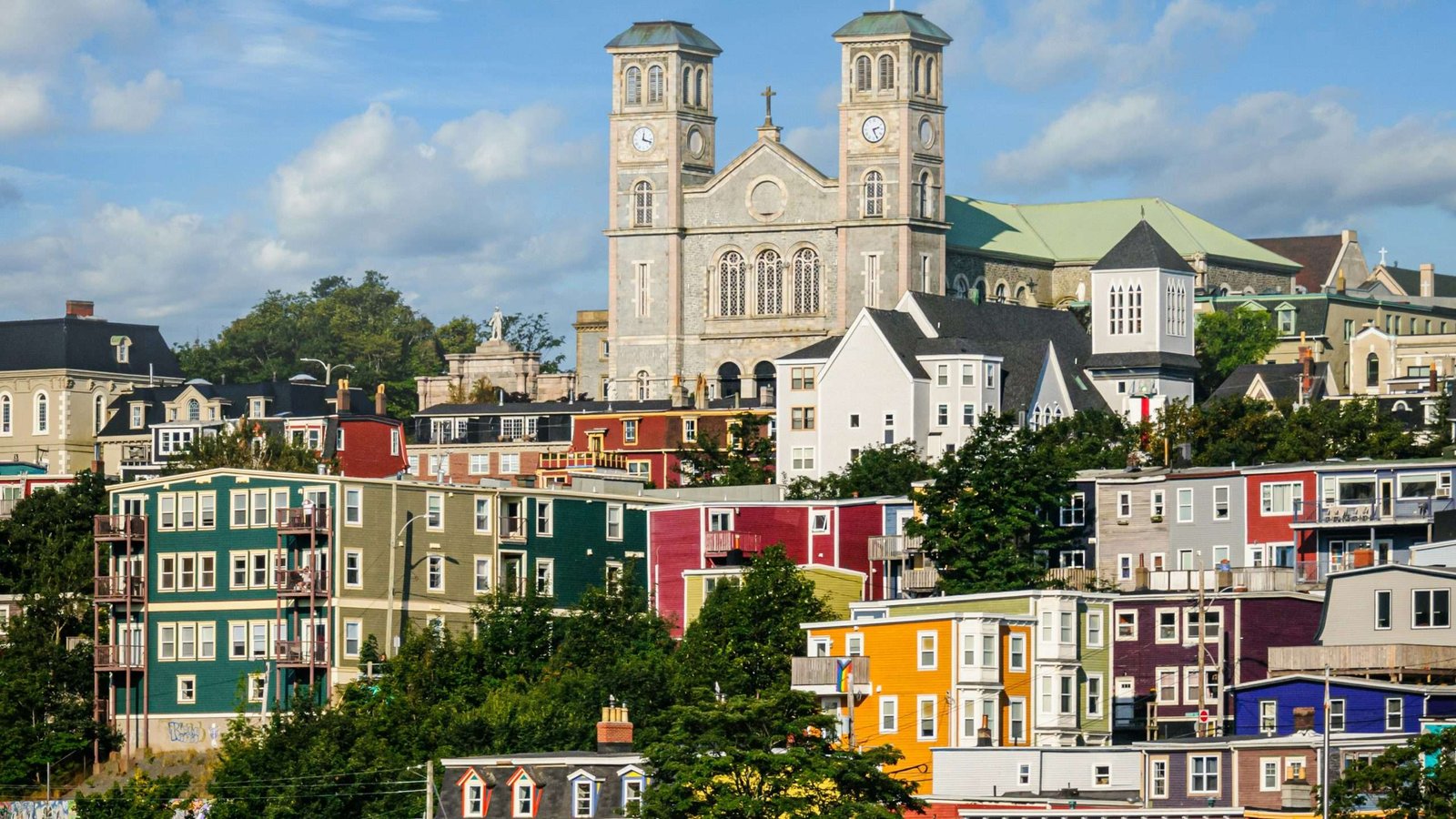
10 trending destinations for 2026 you’ll want to visit
Travel is heading in new directions, and I want you to be ready for what is coming.
As someone who likes to explore little-known villages, far from the confusion of tourist hubs, I’ve come to appreciate the magic of more authentic places.
Like me, in 2026, travelers are looking for real experiences you won’t find on Instagram. Something that you enjoy in person, connecting with locals and nature. The data comes from Skyscanner, which shows that the following places are drawing attention, and it’s easy to see why you’d want to pack your bags.
Between emerging cities, tropical islands, and coastal gems, here are 10 trending destinations for 2026, locations that promise to surprise even the most seasoned travellers.

1. Salerno, Italy
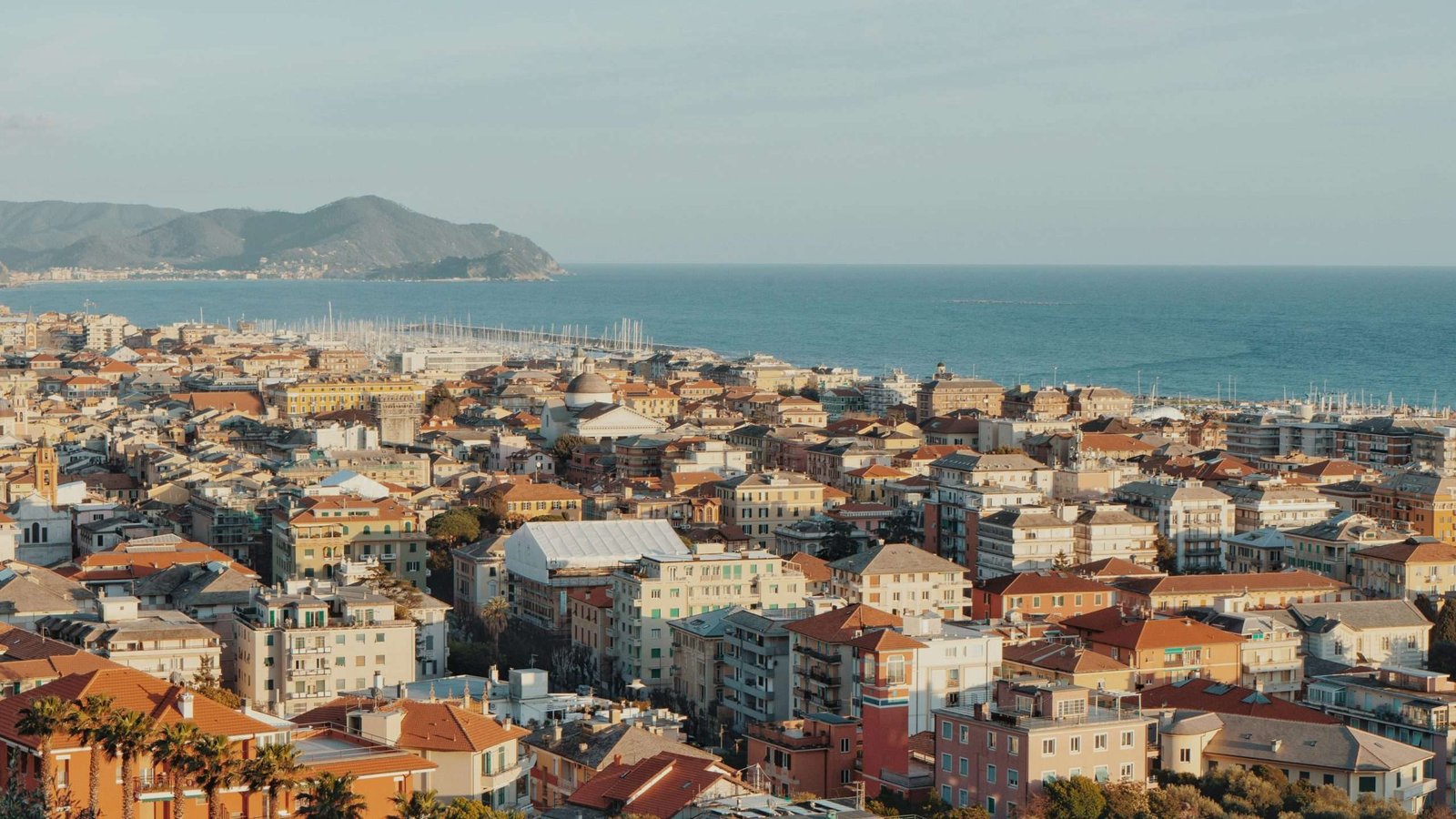
Just a few kilometres from the famed Amalfi Coast, Salerno is finally getting the recognition it deserves. It’s the kind of destination that blends Mediterranean charm with an authenticity its glossier neighbours, Amalfi and Positano, have long lost.
The narrow streets of the old town, lively seaside cafés, and the easygoing local life make this city irresistible. It’s also the perfect base for exploring the coast without falling into tourist traps.
What to see and do: stroll along Lungomare Trieste, one of southern Italy’s prettiest promenades, visit the Cathedral of San Matteo, and hop on a ferry to Vietri sul Mare or Amalfi.
For something quieter, take a train to Paestum and explore one of Campania’s most impressive archaeological sites.
Spring and early fall are the best times to visit Salerno, when the weather is mild and the tourist crowds are smaller, allowing for a more relaxed, authentic experience.
Where to stay: among Salerno’s beautiful hotels, many combine contemporary design with the warmth of restored historic homes.
2. Koror, Palau

In the heart of the Pacific, Palau is a cluster of islands where nature still calls the shots. Koror, the main gateway, is becoming the new dream destination for divers and ocean lovers.
As you navigate through turquoise lagoons and untouched reefs, you have a glimpse of what Earth must have looked like before mass tourism.
In fact, the country is a pioneer in sustainable tourism, with environmental policies that inspire other island nations.
So, get into the vibe and support Palau’s commitment to sustainability. You can participate in beach clean-up activities organized by local groups (or take it into your own hands) or make a conscious effort to use eco-friendly products that minimize plastic waste.
By taking these actions, you not only help protect Palau’s stunning environment but also help preserve its unique natural beauty for future generations.
What to see and do: dive into Jellyfish Lake and watch as thousands of golden jellies float peacefully. Also, snorkel around the Rock Islands, and explore the underwater caves of Chandlier Cave.
Where to stay: many of Palau’s eco-lodges and resorts are solar-powered and work closely with local communities.
3. Kochi, Japan

Forget Tokyo. Forget Kyoto. Today, Japan is captivating travellers with Kochi, on the island of Shikoku. This is the perfect destination if you want to experience the Japanese culture at a slower pace, far from the crowds.
Mountain landscapes draped in cedar forests, quiet temples, and bustling food markets recreate the atmosphere of Japan’s past. Kochi is also a great base for exploring the island’s 88-temple pilgrimage route.
What to see and do: visit Kochi Castle, taste katsuo no tataki (a local seared tuna delicacy), and stop by Hirome Market, a lively food hall where locals gather after work.
Where to stay: in Kochi’s traditional ryokans, you’ll find warm hospitality, thermal baths, and beautifully presented kaiseki dinners made with seasonal ingredients.
4. Bilbao, Spain
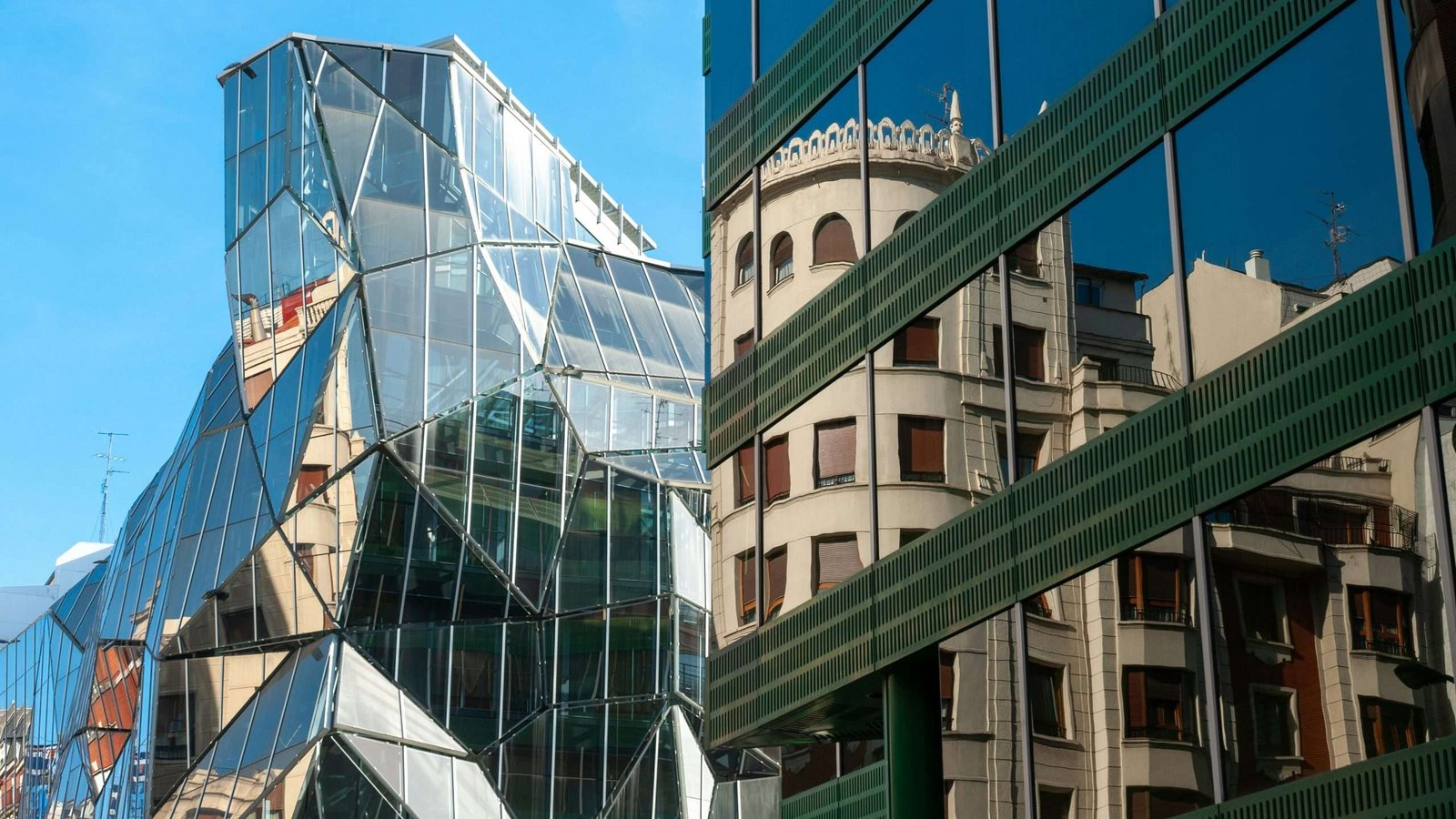
Bilbao is a story of reinvention. Once an industrial hub, it’s now one of Europe’s most lively cultural cities. Tourism here isn’t about checking off monuments, but about soaking up creativity in the city’s architecture, art, and gastronomy.
The Basque capital is indeed known for its food, bold design, and a local spirit that mixes tradition with new ideas. It’s an urban city with a soulful side, making visitors feel part of the rhythm instead of just watching it from the outside.
What to see and do: visit the Guggenheim Museum, of course, but also wander the narrow streets of the Casco Viejo, stop at the Ribera Market, and go pintxos hopping in the evening.
Where to stay: among Bilbao’s elegant hotels, many are set in restored industrial buildings with views over the Nervión River.
5. Rabat, Morocco

Less hectic than Marrakech and more authentic than Casablanca, Rabat is Morocco’s understated capital. This is where time seems to move differently, where the rhythm of the medina coexists with the sophistication of a modern seaside city.
Rabat strikes a rare balance: it’s deeply Moroccan but calmer, tidier, and easier to explore. A perfect choice for travellers seeking cultural depth without chaos.
What to see and do: explore the Kasbah of the Udayas, wander through the medina, visit the Mausoleum of Mohammed V, and watch the sunset near the Rabat lighthouse.
Where to stay: contemporary design meets traditional craftsmanship in Rabat’s riads and boutique hotels, creating spaces that are journeys in themselves.
6. Akureyri, Iceland
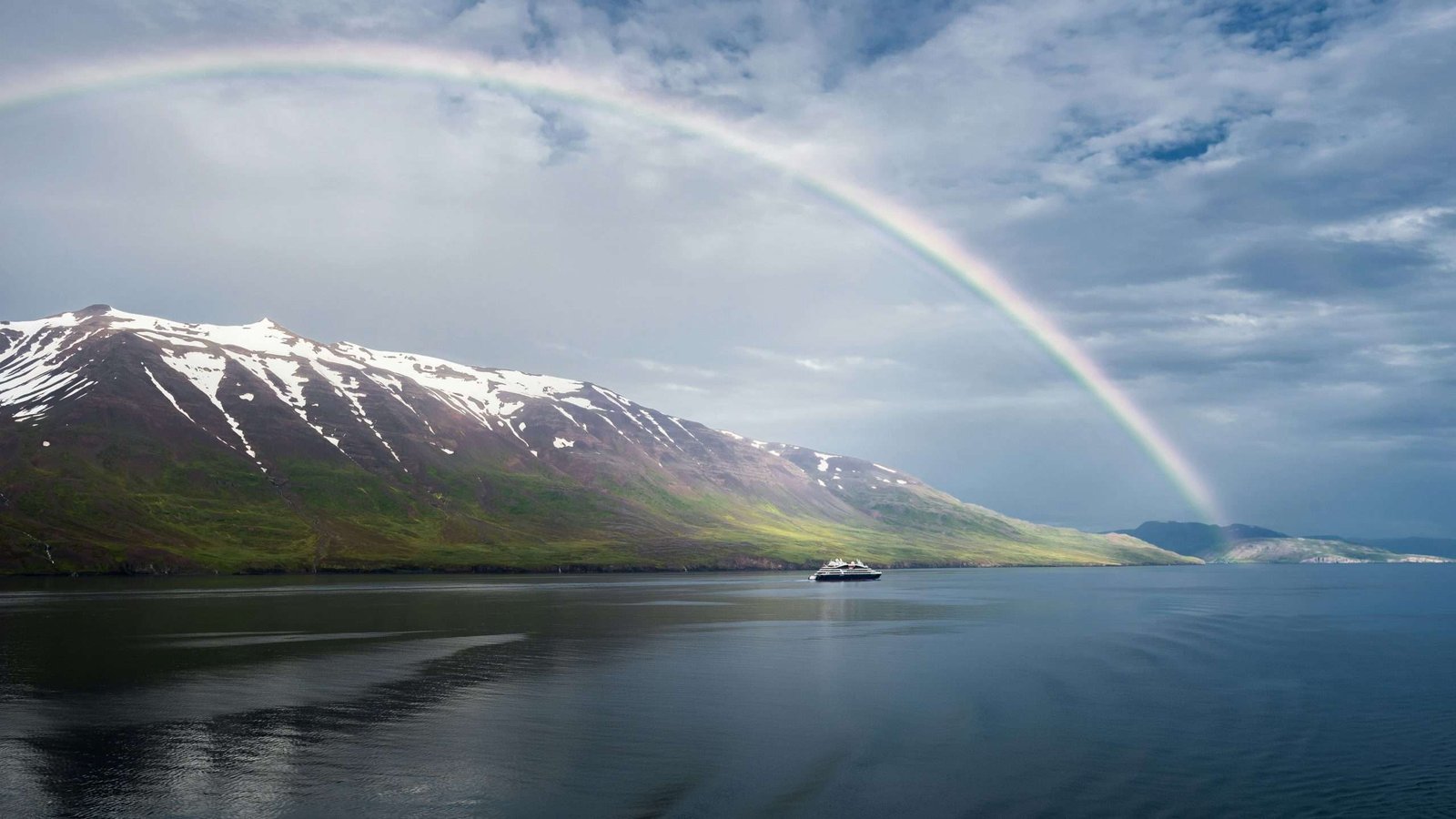
Nicknamed “the capital of the north,” Akureyri is the ideal gateway to a lesser-known Iceland. Surrounded by fjords and mountains, this destination strikes the perfect balance between wild nature and cosy comfort.
Akureyri is one of those rare places where you can really notice the quiet, and the wide-open views remind you of your place in the world. Here, life moves at a slower pace, and nature is in charge. It’s ideal if you’re seeking genuine experiences and peace away from the usual tourist spots.
What to see and do: visit Goðafoss waterfall, soak in the Forest Lagoon hot springs, and take a road trip to Lake Mývatn, where the geothermal scenery looks otherworldly.
Where to stay: among Akureyri’s charming lodges, many offer panoramic views and the perfect warmth to watch the Northern Lights from your window.
7. Rijeka, Croatia

Don’t tell anyone but… Rijeka is the Adriatic’s best-kept secret! It’s not as well-known as Split or Dubrovnik, but its port-city spirit and multicultural history set it apart. The city is lively, creative, and surprisingly affordable, which is rare along Croatia’s coast.
The city’s Austro-Hungarian past blends seamlessly with a new creative pulse. Independent bars, local markets, and a year-round cultural calendar give Rijeka a personality that feels authentic and spontaneous.
What to see and do: explore Trsat Castle, stroll along Korzo Street, which is the heart of the city, and take a ferry to the nearby islands of Krk or Cres.
Where to stay: local hospitality and fair prices make Rijeka’s guesthouses and small hotels one of the Adriatic’s most underrated stays.
8. Kaunas, Lithuania

Kaunas is creative, youthful, and full of surprises, making it one of the most thrilling cities in the Baltics today. It was once a European Capital of Culture and still buzzes with art, design, and new ideas.
Kaunas has reinvented itself through creativity. Colourful murals, independent cafés, and experimental galleries showcase a new wave of Lithuanian artists. It’s the perfect destination if you like cities that feel fresh and undiscovered.
What to see and do: explore Užupis district with its quirky murals and bohemian vibe, climb to Kaunas Castle, and don’t miss the Museum of Devils’ curious collections.
Where to stay: among Kaunas’s design hotels and creative hostels, you’ll find stylish, affordable spaces that capture the city’s innovative energy.
9. St. John’s, Canada
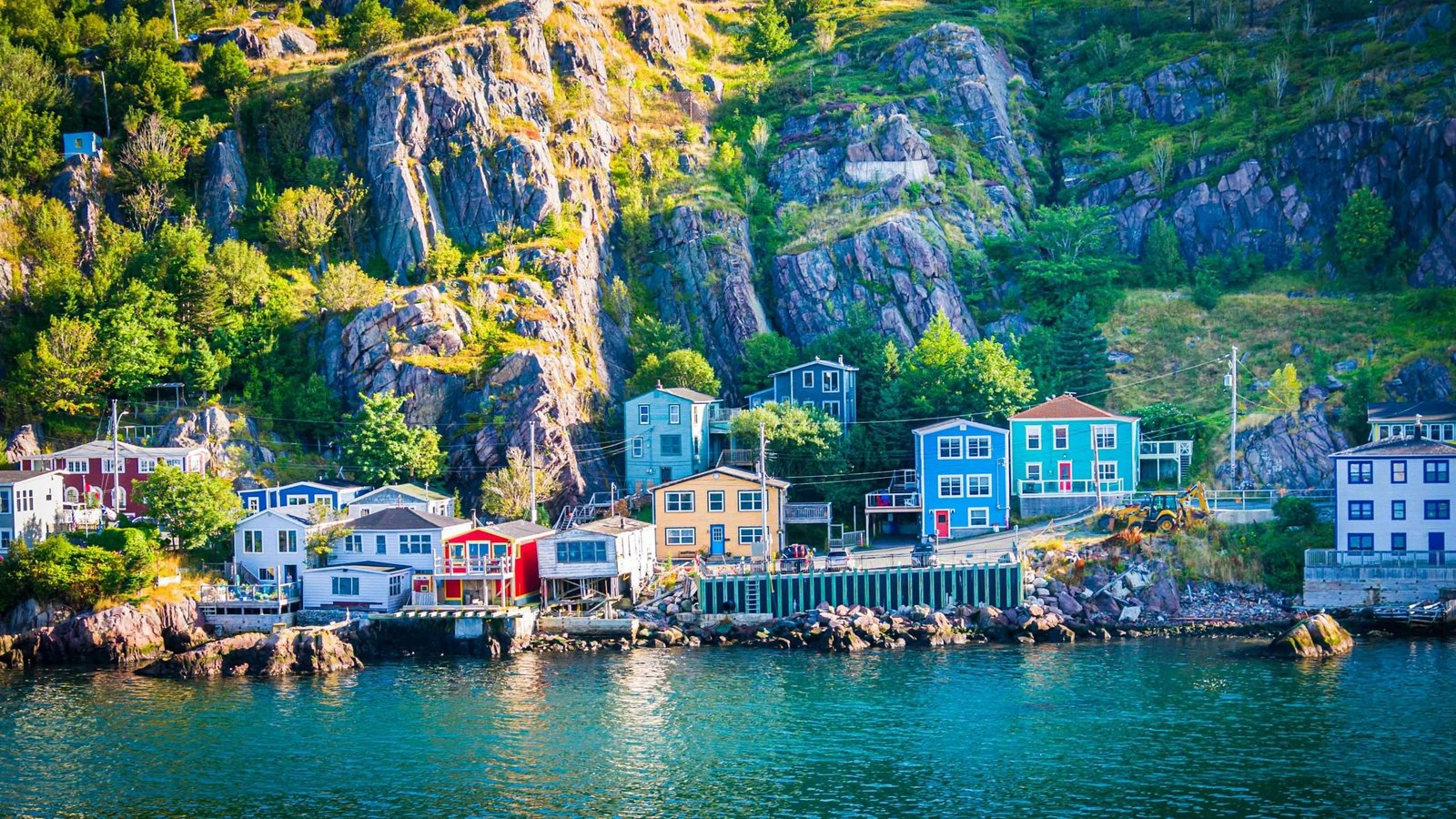
Colourful, warm-hearted, and framed by dramatic coastal cliffs, St. John’s in Newfoundland is one of Canada’s most charming cities. Its brightly painted houses are just the beginning of its appeal.
This city has a strong connection to the sea and a genuine spirit that appeals to travelers who want both culture and nature. The people here are famously warm, especially when the winter winds arrive.
What to see and do: climb Signal Hill, spot whales and puffins in the bay, and enjoy live Celtic music in the city’s lively pubs.
Where to stay: many of St. John’s cosy hotels overlook the harbour and feature fireplaces perfect for long winter nights.
10. St. George’s, Grenada
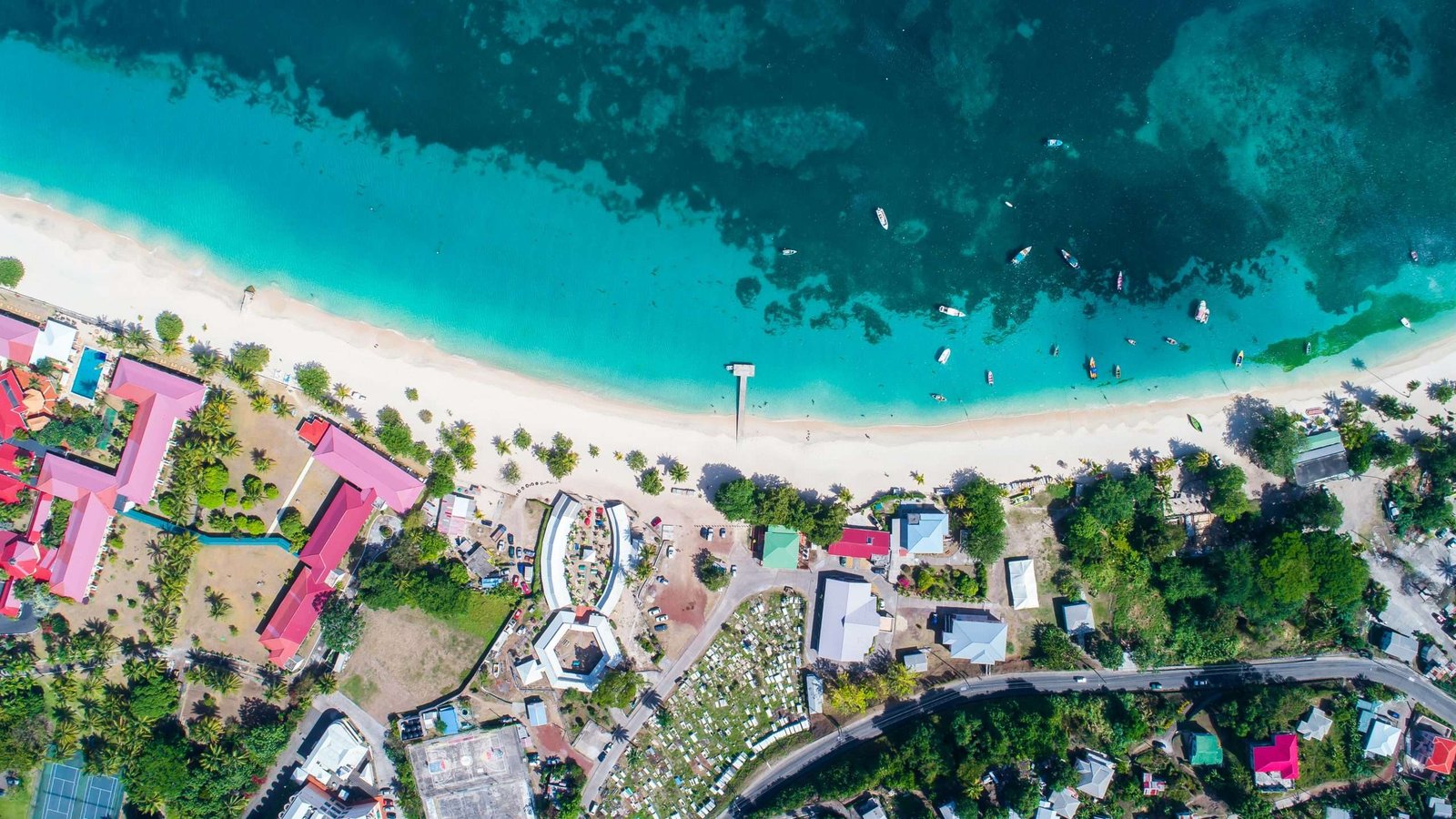
A Caribbean capital with a European heart, St. George’s is the kind of place that makes you slow down. Golden beaches, lush rainforest, and warm turquoise waters make it a true tropical escape.
Grenada has managed to preserve its relaxed pace and old-Caribbean authenticity. Between nutmeg plantations, jungle trails, and coral reefs, it’s an island that wins you over with its simplicity.
What to see and do: explore the spice market, visit Fort George, dive in the Underwater Sculpture Park, and unwind on Grand Anse Beach.
Where to stay: St. George’s resorts and villas blend laid-back luxury with the easygoing Caribbean lifestyle, making you want to stay longer.
Looks like 2026 will be the year for curious travelers, for those who want something real, not the usual, and are open to new places.
However, the 10 destinations I bring you in this article are becoming increasingly popular, so I advise you to visit them soon. You’ll see them at their best before they get crowded.
As in most places, to enjoy them without the influx of tourists, consider going during the shoulder seasons, when the weather is still pleasant and the crowds are thinner, for a more unobstructed experience.If you want to explore one of these places with a plan made just for you, check out my personalized guides service.
I create guides tailored just for you and your travel needs! These guides offer detailed itineraries, insider tips on hidden gems, and curated experiences tailored to your interests and preferences, all set to your travel time. With these guides, you can enjoy the best of each destination with more confidence and ease.






